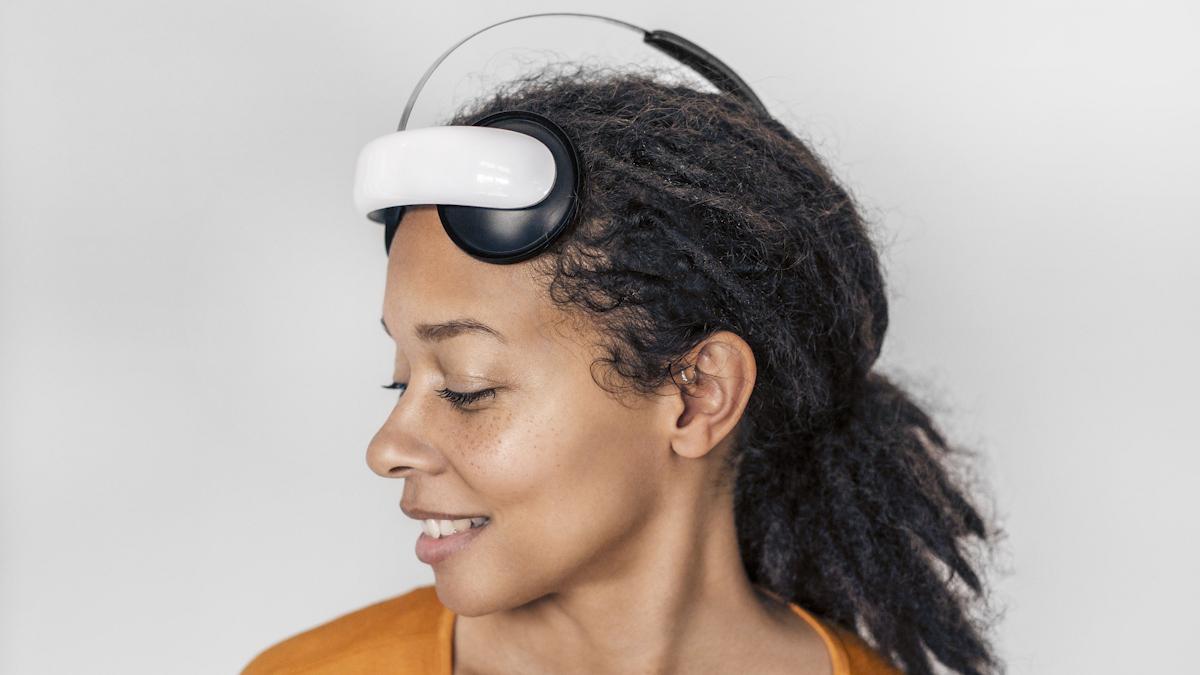NICE endorses use of digital therapies for psychosis

Three digital health technologies (DHTs) used to support patients with psychosis can be used by the NHS while additional evidence of their benefits is gathered.
The recommendation comes in an early value assessment (EVA) from health technology assessment (HTA) agency NICE and covers the DHTs AVATAR Therapy to manage verbal hallucinations (hearing voices), SlowMo for managing distressing thoughts or paranoia, and CareLoop for relapse prevention.
The EVA means that the developers of the DHTs can make them available to NHS care teams, provided they commit to gathering evidence on them for three years and providing NICE with an annual update on that process. Funding for them has to come from “company, research, or non-core NHS” budgets.
AVATAR Therapy, developed by a company of the same name, is software that generates an animated avatar of the distressing voice that a person with psychosis hears, and which they engage with over the course of six to 12 dialogue sessions.
The avatar is voiced by a mental health professional and allows a three-way conversation, allowing patients to take power and control within the conversation.
SlowMo, meanwhile, is described as a blended digital therapy that is delivered across eight sessions by a mental health professional with the help of a web app that can be synchronised with a smart device. It was developed by a team of researchers from the Psychosis Research Partnership at King’s College London and Helen Hamlyn Centre for Design at Royal College of Art.
The DHT aims to help people to be aware of the symptoms of psychosis, particularly unhelpful fast thinking and reasoning that can fuel paranoia, with exercises designed to slow down thoughts and prevent them from jumping to erroneous conclusions.
Finally, CareLoop from CareLoop Health is an app-based DHT that aims to prevent relapse by identifying worsening symptoms in patients with schizophrenia and other forms of psychosis.
People using it regularly record their symptoms, thoughts, and feelings using questionnaires and journal entries, and an algorithm sifts through that data to warn care teams of a potential relapse.
The EVA covers the use of the DHTs in adults with primary psychosis, and notes that they may be able to alleviate strain on mental health services struggling to contend with high demand.
“Many people are not getting the treatment and support they need,” according to the guidance, which cites problems with accessing cognitive behavioural therapy for psychosis (CBTp) in some areas.
“All the technologies had relevant published evidence showing a potential benefit for adults with psychosis,” it concludes. The potential of the DHTs in younger people aged 14 and over was also assessed, but the data was not as strong and more research is needed before they can be used for this group, according to the appraisal committee.
Earlier NICE guidance has endorsed the use of DHTs for chronic obstructive pulmonary disease (COPD) rehabilitation, digital weight-loss programmes, and therapies for mental health issues and chronic back pain.













